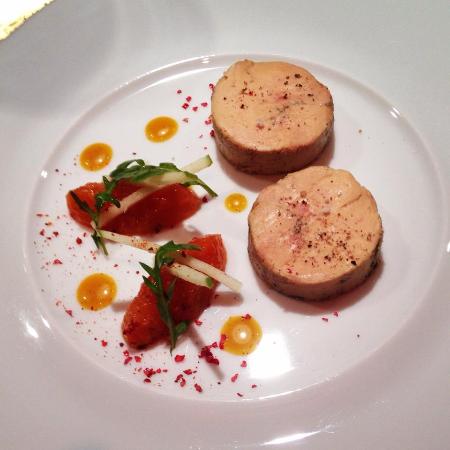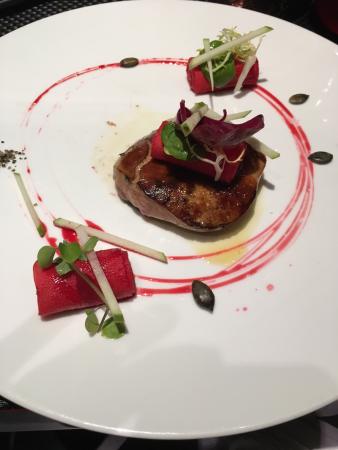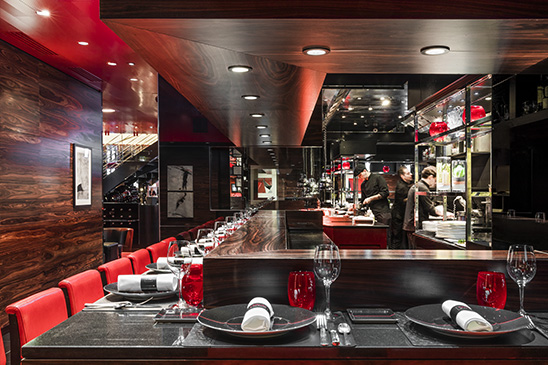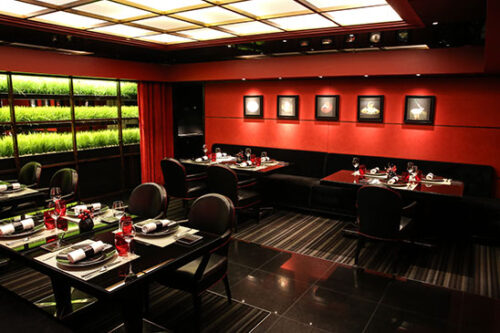Foie gras
Foie gras. There is an ethical issue here. No question about it. The matter of force-feeding and animal cruelty is not one you can easily sidestep. On the other hand, there’s the matter of the whole traveling experience bible that strictly dictates that when in Paris you do as Parisians do.
Depending on how much each one weighs on you, you’d be making a choice on whether to try or not to try it. Despite our initial hesitation we decided to include this one. Our website’s role is to inform about the history and traditions of each city. Foie gras like it or not is a famous part of the French culinary tradition.
Literally translated from French, foie gras means “fat liver,” but it’s origins date back far before French cooking made it a delicacy. All the way back to the ancient Egyptians and the Romans who fattened their ducks explicitly for the purposes of its production. Louis XIV, a great gourmand, enjoyed haute cuisine but he wasn’t the only one.
His tastes began to trickle down to the French middle class. After the French Revolution, the bourgeois became the new consumers of haute cuisine. Chefs who had lost their aristocratic patrons cooked instead for the Parisian middle-class society.



According to www.frenchselections.com “Foie gras is served on thin, thin toast, with a crusty baguette or with country French bread. The classic wine pairing calls for a chilled French Sauternes but late-harvest wines (Gewürtztraminer or Riesling) offer nice, more affordable options. A light red Bordeaux with duck foie gras or a glass of Port with goose foie gras will highlight their respective characteristics. And, of course, Champagne is always in good taste.”
We couldn’t think of a restaurant more appropriate for this suggestion, other than the L’Atelier de Joël Robuchon Saint-Germain .This place has become a landmark in this gastronomy capital and a well-recognized address by connoisseurs around the world. Designed by Pierre-Yves Rochon; an open kitchen on a counter surrounded by 40 seats allows customers to observe the preparation of the dishes and select their menu according to their appetite, since ‘La Carte’ proposes small portions of typical dishes.
This is how L’Atelier de Joël Robuchon was born in Paris. Since 2013, l’Atelier de Joël Robuchon Saint-Germain has opened a salon where it is also possible to choose between the counter and the tables.
Thanks to his team and, the chef Axel Manes, L’Atelier de Joël Robuchon offers you tastes throughout the seasons, an exceptional ‘cuisine’ in a friendly and refined atmosphere all in black and red. L’Atelier de Joël Robuchon Saint-Germain has become a landmark in this gastronomy capital and a well-recognized address by connoisseurs around the world.



